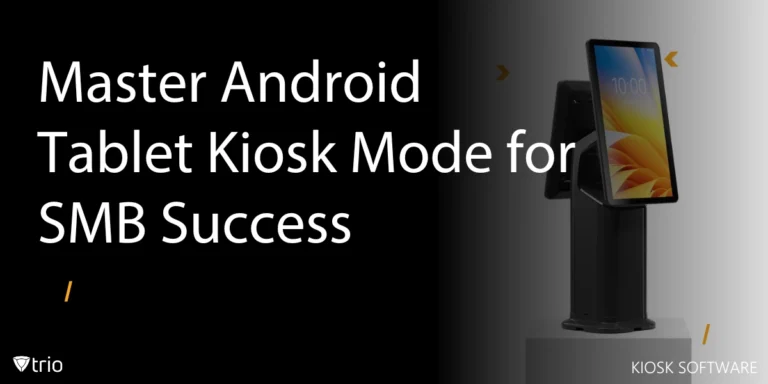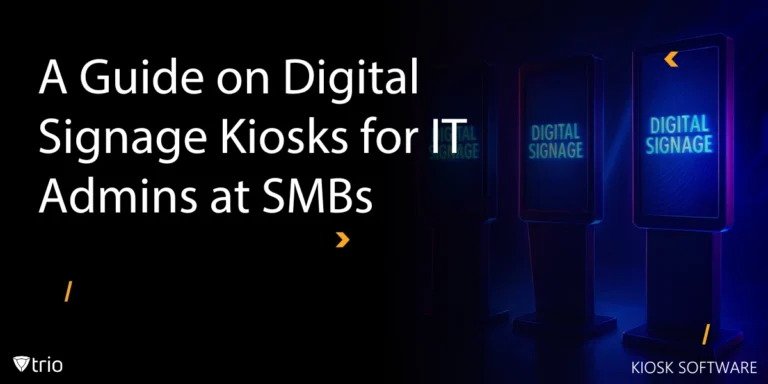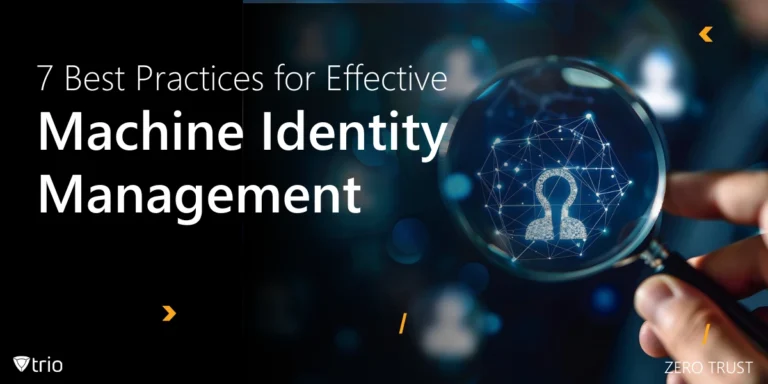Ensuring secure and efficient access to applications and resources has become a paramount concern for organizations of all sizes. Secure Access Service Edge (SASE) emerges as a groundbreaking solution at the intersection of networking and security architecture. SASE integrates wide area networking (WAN) capabilities with advanced security functions, all delivered through a cloud-native platform. This transformative approach not only safeguards users and devices regardless of their location but also optimizes network performance while reducing complexity. Let's delve into why SASE is vital for modernizing your organization's network infrastructure and fortifying its cybersecurity posture.
What Is Secure Access Service Edge?
Secure Access Service Edge (SASE) is an emerging concept in networking and security architecture that combines wide area networking (WAN) capabilities with security functions typically found in network security appliances. Secure Access Service Edge was first defined by Gartner analysts.
The goal of SASE is to provide a comprehensive, cloud-based security solution that can protect users and devices regardless of their location, while also optimizing network performance and reducing complexity. Secure Access Service Edge (SASE) integrates various networking and security components into a unified, cloud-native platform. The key components of SASE typically include:
-
Software-Defined Wide Area Networking (SD-WAN)
SD-WAN technology is a foundational component of SASE that provides the ability to dynamically route traffic across multiple network paths based on application requirements and network conditions. SD-WAN optimizes performance, enhances reliability, and reduces costs by leveraging both public and private network connections.
-
Cloud Security Gateway (CSG)
The Cloud Security Gateway (CSG) functions as a secure web gateway (SWG) in the cloud, providing advanced threat protection, URL filtering, data loss prevention (DLP), and other security features to secure internet-bound traffic. CSGs inspect and filter traffic to prevent malware, phishing attacks, and unauthorized access to sensitive data.
-
Firewall as a Service (FWaaS)
Firewall as a Service (FWaaS) delivers firewall functionality from the cloud, allowing organizations to enforce security policies and control access to applications and resources based on user identity, device posture, and other contextual factors. FWaaS provides next-generation firewall capabilities, intrusion prevention, and application-aware filtering to protect against advanced threats.
-
Secure Web Gateway (SWG)
The Secure Web Gateway (SWG) component of SASE provides secure internet access for users by inspecting and filtering web traffic to prevent threats such as malware, ransomware, and phishing attacks. SWGs use URL filtering, SSL inspection, content filtering, and other techniques to enforce security policies and protect against web-based threats.
-
Cloud Access Security Broker (CASB)
Cloud Access Security Brokers (CASBs) enable organizations to secure the use of cloud services and applications by enforcing security policies, detecting and responding to threats, and ensuring compliance with regulatory requirements. CASBs provide visibility into cloud usage, control access to cloud resources, and protect data stored in cloud environments.
-
Data Loss Prevention (DLP)
Data Loss Prevention (DLP) technology helps organizations prevent the unauthorized disclosure of sensitive data by monitoring and controlling data transfers across networks, endpoints, and cloud applications. DLP solutions classify sensitive data, enforce access controls, and detect and block data leakage incidents in real-time.
-
Zero Trust Network Access (ZTNA)
Zero Trust Network Access (ZTNA) solutions authenticate users and devices before granting access to applications and resources, regardless of their location or network environment. ZTNA ensures that only authorized users with the proper credentials and security posture can access sensitive data and applications.

What are the Benefits of SASE?
SASE offers several benefits for organizations looking to streamline their network and security architecture.
-
Simplified Architecture
By integrating networking and security functions into a single, cloud-based platform, SASE reduces the complexity of managing disparate point solutions. This simplification can lead to easier deployment, configuration, and maintenance, ultimately saving time and resources for IT teams.
-
Cost Savings
Consolidating networking and security into a unified platform can result in cost savings by eliminating the need for multiple standalone appliances and reducing operational overhead. Additionally, SASE's cloud-native architecture enables organizations to scale resources as needed, avoiding upfront hardware investments and providing greater cost predictability.
-
Improved Performance
SASE leverages SD-WAN technology to optimize network performance by dynamically routing traffic based on application requirements and network conditions. This ensures low latency and high availability, resulting in a better user experience for accessing applications and services from any location.
-
Enhanced Security
By implementing a Zero Trust security model and integrating multiple security functions such as firewall, secure web gateway, CASB, and DLP, SASE provides comprehensive protection against a wide range of threats. Additionally, identity-centric security ensures that access to resources is granted based on user identity and context, reducing the risk of unauthorized access and data breaches. All in all, SASE can help with your organization’s IT risk management strategies.
-
Flexibility and Scalability
SASE's cloud-native architecture offers flexibility and scalability to meet the evolving needs of organizations. It enables seamless access to security and networking services from any location and device, allowing employees to work remotely while maintaining security and compliance requirements. Additionally, organizations can easily scale resources up or down based on demand without the constraints of traditional hardware-based solutions.
What Organizations Should Use SASE?
Organizations of all sizes and industries can benefit from adopting SASE to simplify network and security operations, improve agility and scalability, and enhance protection against evolving cyber threats. SASE is suitable for a wide range of organizations, especially those that require comprehensive networking and security capabilities to support a distributed workforce, embrace cloud computing, and address evolving cybersecurity threats. Here’s why each type of organization below can benefit from using SASE:
- Enterprises with Remote Workforces: Organizations with a large number of remote workers or branch offices can benefit from SASE's ability to provide secure access to applications and resources from any location. SASE's cloud-native architecture and SD-WAN capabilities ensure reliable connectivity and optimal performance for remote users accessing cloud-based applications and services.
- Global Enterprises: Multinational corporations and global enterprises with geographically dispersed offices and employees can leverage SASE to establish a unified network and security infrastructure across their global footprint. SASE's distributed architecture and global reach enable organizations to support a global workforce while ensuring consistent security and compliance standards.

- Organizations Embracing Cloud Services: Companies that rely on cloud services and applications for business operations can benefit from SASE's ability to secure cloud access and protect data stored in cloud environments. SASE integrates cloud security capabilities such as CASB and DLP to provide visibility, control, and security for cloud-based resources, ensuring compliance with regulatory requirements and mitigating cloud security risks.
- Vertical Industries with Compliance Requirements: Organizations operating in regulated industries such as finance, healthcare, and government can leverage SASE to address compliance requirements and protect sensitive data. SASE's security features, including FWaaS, SWG, and DLP, help organizations maintain compliance with industry regulations and IT compliances such as GDPR, HIPAA, PCI DSS, and SOC 2 by enforcing security policies, controlling access to data, and preventing data breaches.
- Startups and SMBs: Small and medium-sized businesses (SMBs) and startups can benefit from adopting SASE as a cost-effective and scalable solution for network and security infrastructure. SASE eliminates the need for expensive hardware appliances and complex configurations, allowing SMBs to deploy and manage networking and security services from a single cloud-based platform. SASE's pay-as-you-go pricing model also makes it accessible to organizations with limited budgets and IT resources.
Conclusion
In conclusion, Secure Access Service Edge (SASE) stands as a beacon of innovation in the realm of network and security architecture. Its ability to seamlessly integrate networking and security functions into a unified, cloud-native platform offers organizations a holistic solution to navigate the complexities of today's digital landscape. By simplifying operations, enhancing security, and improving performance, SASE empowers businesses to embrace cloud computing, support remote workforces, and mitigate cybersecurity risks with confidence.
To simplify operations and streamline organizations’ processes even more, check out Trio’s free demo. Trio is a cutting-edge Mobile Device Management (MDM) solution that can seamlessly integrate with your SASE architecture to provide comprehensive network security and device management. Take the next step towards a more secure and efficient IT infrastructure today!
Get Ahead of the Curve
Every organization today needs a solution to automate time-consuming tasks and strengthen security.
Without the right tools, manual processes drain resources and leave gaps in protection. Trio MDM is designed to solve this problem, automating key tasks, boosting security, and ensuring compliance with ease.
Don't let inefficiencies hold you back. Learn how Trio MDM can revolutionize your IT operations or request a free trial today!





